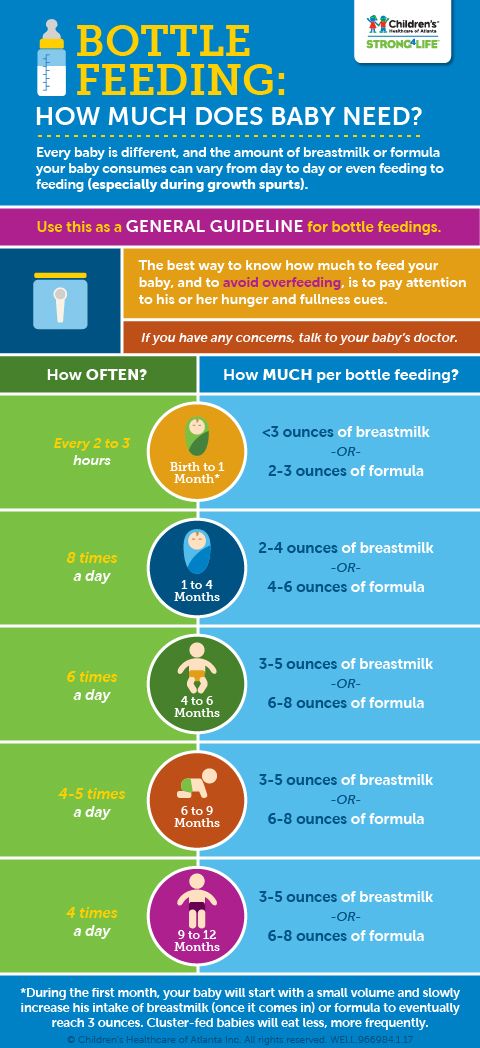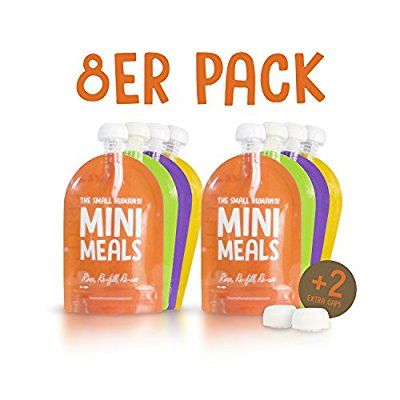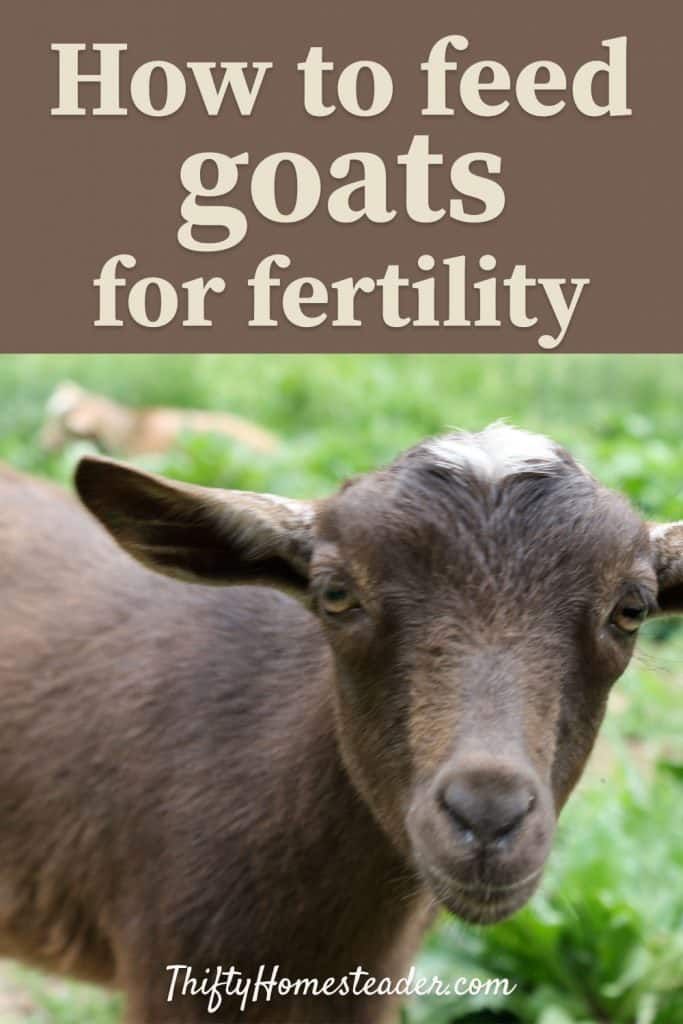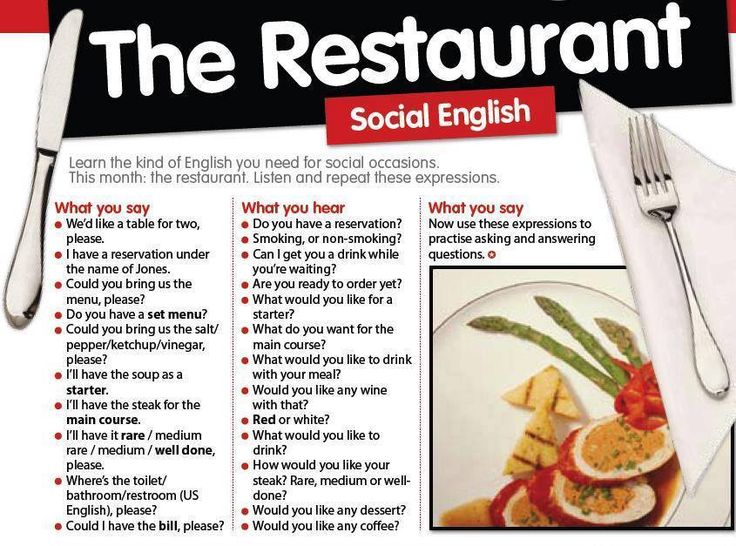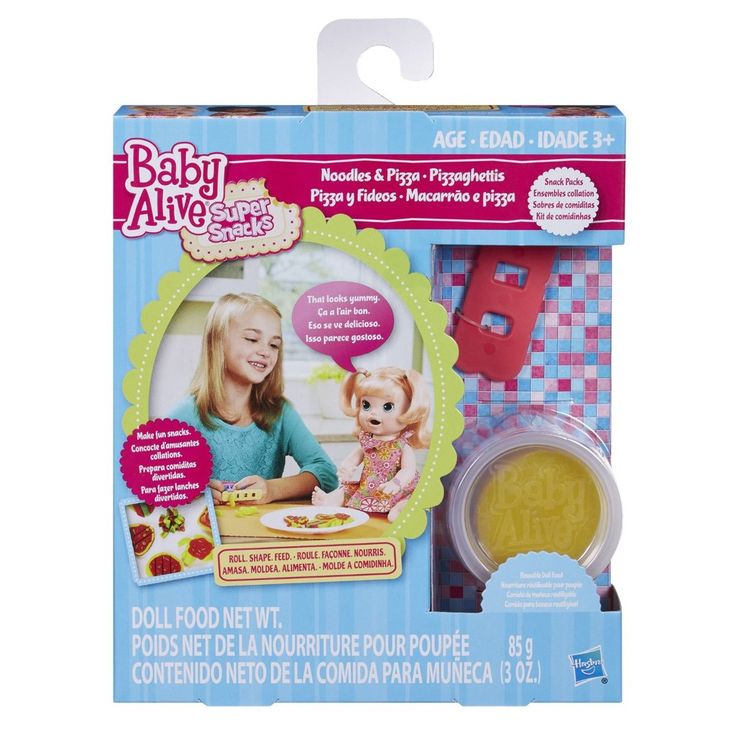Passover baby food
Baby Formula & Baby Food Products
Baby Food
The custom of disallowing the use of ‘Kitniyot’ (soy or corn, for example) was never applied to both infants or the ill who require kitniyot food.
Despite the fact that Kitniyot for infants is permissible, the Mishna Brura states that it is preferable (but not mandatory) to avoid giving infants rice, buckwheat (kasha in Yiddish), or millet on Passover.
However, one must take care to keep kitniyot baby utensils or cutlery away from the general kitchen area. Any mixing or washing should be done elsewhere, such as in the bathroom sink.
We have indicated that Kitniyot is permitted for infants – but that does NOT cover Chametz, or any food that was processed on equipment that was not properly cleaned for Passover. Such Chametz is strictly prohibited even for infants.
When we talk about Kitniyot being permitted for infants, it means that it would have to be a homemade Kitniyot, unless the Sephardic community has a reliable Hechsher on an infant product.
The Halacha (Jewish law) also suggests that separate pots, dishes and cutlery be dedicated to the Kitniyot food.
Obviously, in cases where a doctor insists that the infant must have Chametz, the prohibition does not apply. In such a situation, it would be preferable (if possible) that a gentile should bring his own Chametz and feed the baby. If that is not feasible then a Jew would be permitted to feed the infant Chametz.
The upper age still considered an ‘infant’ depends on the child. Obviously, if the child can eat healthy food that is not kitniyot, that would be preferable. Usually, the Poskim indicate that two years of age would be the upper limit, but if a 2-year old is not ready to eat other food, then certainly the limit goes up as high as his or her Bar or Bat Mitzvah.
Baby/Infant Formula
The following baby formula can be assumed to be free of chametz. Many are made from kitniyot ingredients. Kitniyot does not apply to infants.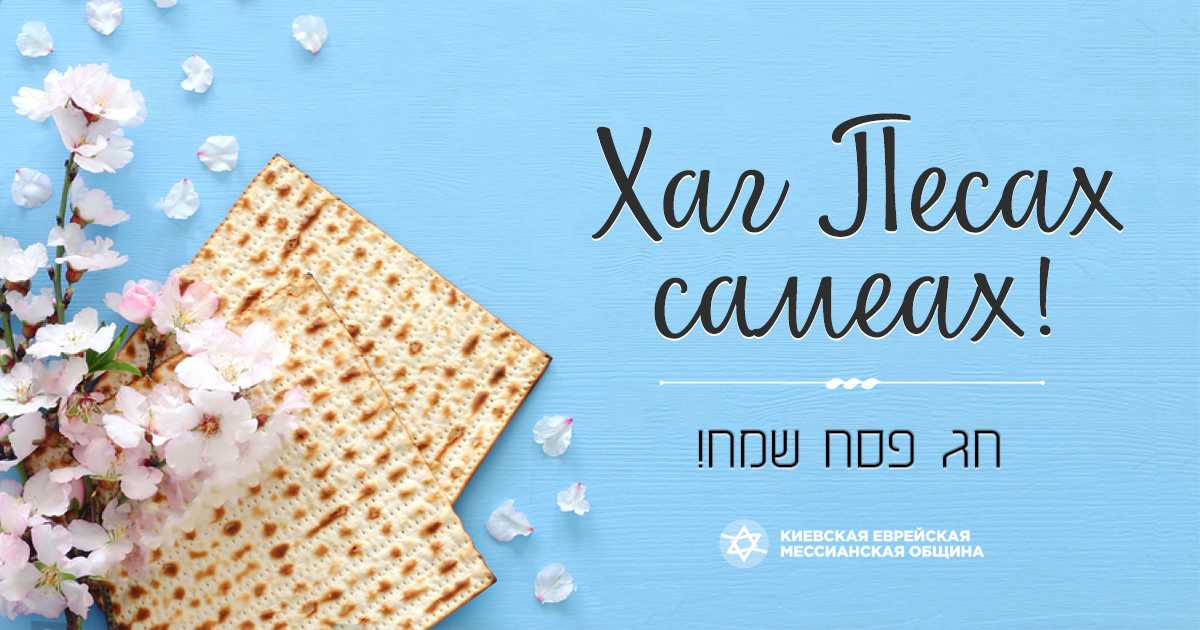
Please take care to prepare baby formula and wash bottles and other utensils in an area outside the kitchen.
Please note that these products are only acceptable when bearing the OU or OU-D symbol.
Click HERE for Pediatric Supplements and Pediatric Electrolytes
Baby/Infant Formulas• 365 Everyday Value
• Ahold
• Always My Baby
• Ameribella
• America’s Choice for Baby
• Baby Basics
• Baby’s Choice
• Bear Essentials
• Being Well
• Belacta
• Belacta Premium
• BelactaSure
• Berkley & Jensen
• Bobbie
• Bright Beginnings
• Calcilo XD
• Cyclinex
• CareOne
• Comfort
• Cottontails
• Cozy Care
• CVS
• Daily Source
• D-G Health
• Earth’s Best
• EleCare
• EnfaCare (all liquids, all powders)
• Enfagrow (all liquids, all powders)
• Enfamil (all liquids, all powders)
• Enfaport (all liquids, all powders)
• Equate
• Food Lion
• Full Circle
• Gerber Good Start
• Giant
• Giant Eagle Baby
• Good Sense
• Hannaford
• Happy Baby
• H-E-B
• Heinz Nurture
• Home 360 Baby
• Isomil (all liquids, all powders)
• Ketonex
• Kirkland Signature
• Kuddles
• Laura Lynn
• Lidl
• Life Brand
• Little Journey
• Little Ones
• Meijer Baby
• Member’s Mark
• Mom to Mom
• Mother’s Choice
• Nature’s Place
• Nestle Good Start
• Next Step
• NutraEnfant
• O Organic
• Parent’s Choice
• Premier Value
• President’s Choice
• Price Chopper
• ProSobee (all liquids, all powders)
• PurAmino
• Publix
• RCF
• Rite Aid
• Shopko
• Signature Care
• Similac (all liquids, all powders)
• Simply Right
• Sound Body
• Stop & Shop
• Sunrise
• Supervalu
• Target
• Tippy Toes by TopCare
• Top Care
• Topco
• True Goodness
• Tyrex
• Up & Up
• Vermont Organics
• Walgreens
• Wegmans
• Welby
• Well Beginnings
• Wellsley Farms
• Western Family
Baby Rice Cereals
There is possible chametz in most baby rice cereals, so the OU cannot recommend them for Passover use.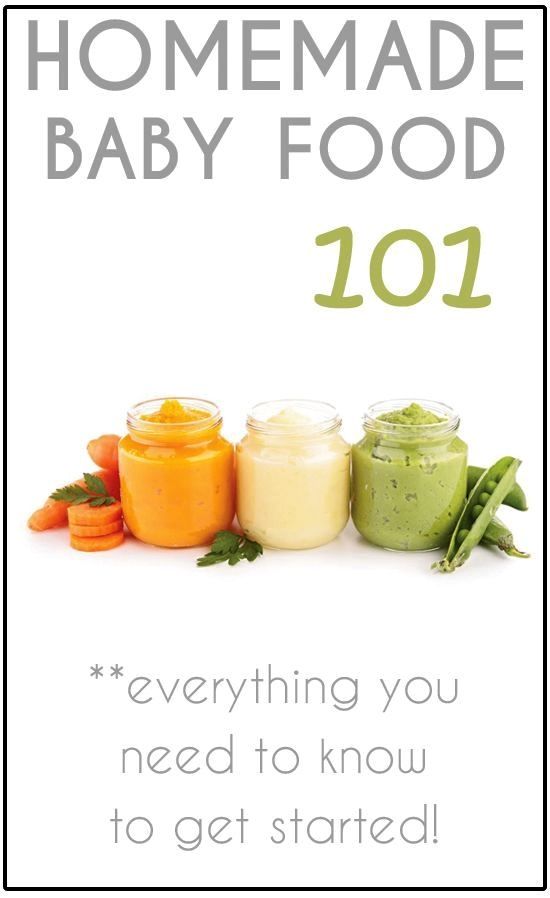 However, there is no problem owning rice and making your own cereal from brown rice or non-enriched white rice over Passover.
However, there is no problem owning rice and making your own cereal from brown rice or non-enriched white rice over Passover.
One should make the cereal using a special non-Pesach, non-chametz pot, and this special pot (and any special utensils used for the cereal) should not be washed together with the Pesach dishes. You can Kasher a pot before Passover and dedicate it for making the rice cereal over Passover.
Similarly, the grinding of the rice should not be done in a Passover grinder on Passover. You can grind the rice in a clean chametz grinder before Passover or purchase a dedicated grinder for use over Passover.
Sample Recipe:
Rice Cereal
- 1/4 c. rice powder [brown or white (not enriched) rice ground in blender, food processor, or coffee grinder]
- 1 cup water
- Bring liquid to boil in saucepan. Add the rice powder while stirring constantly
- Simmer covered for 10 minutes, mix in formula or breast milk and fruits if desired
Serve warm.
Prepared Baby Food
First Choice Baby Food: Applesauce, Carrots, Pears and Sweet Potatoes are approved when bearing an OU-P or OU Kosher for Passover symbol.
The Kosher Formula | STAR-K Kosher Certification
By: Rabbi Zushe Yosef Blech
The Jewish people, the am hanifchar, the chosen people, have been faithful to the Torah’s commandments for thousands of years. Of those commandments, Kashrus has served as an anchor of the Jew to his G-d, ensuring that even in the most mundane of life’s requirements, one is always cognizant of the source of one’s subsistence. Our Rabbis also teach us that there is a mystical relationship between the foods we eat and our spiritual well being.
The Kosher creed manifests itself from the time a child enters this world. From birth, we are concerned with starting the child off properly in his or her spiritual well being. The first practical opportunity we have, is to ensure that the child eats Kosher food. Even a small infant may not be fed non-Kosher milk. Our Rabbis teach us that if the mother, because of her health condition, was permitted to eat non-Kosher food, she should not nurse her child during that time because the child will be nourished from milk which was nourished from non-Kosher sources. We clearly see that we have the responsibility of effecting the developing ruchnius, spirituality, of the next generation.
Even a small infant may not be fed non-Kosher milk. Our Rabbis teach us that if the mother, because of her health condition, was permitted to eat non-Kosher food, she should not nurse her child during that time because the child will be nourished from milk which was nourished from non-Kosher sources. We clearly see that we have the responsibility of effecting the developing ruchnius, spirituality, of the next generation.
While the mother’s milk is acknowledged to be the ideal food for infants, it is often necessary to either supplement or replace mother’s milk with a commercially prepared infant formula. Indeed, hospitals often begin feeding formula to infants soon after birth, especially in cases where the mother is not up to nursing immediately. There are a number of Kashrus issues that must be taken into account when choosing such a formula. It is critical to be aware of the various commercial products on the market and to make your preferences known to the hospital as soon as possible.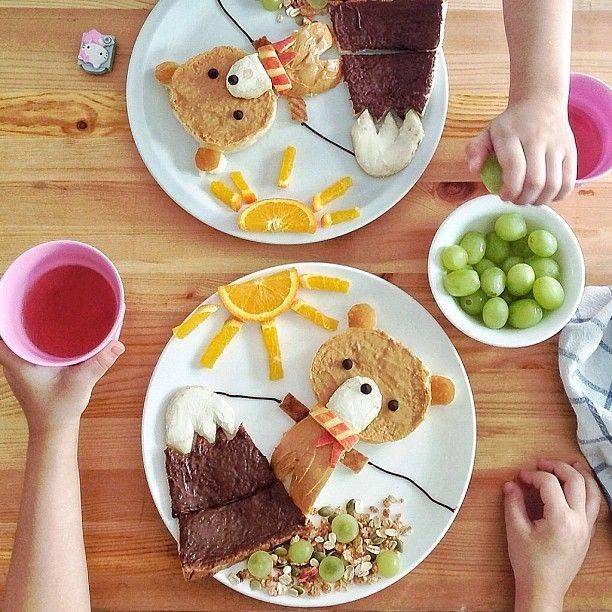
Baby Formula – Since infant formula is designed to emulate mother’s milk, it must contain a source of fat, protein, amino acids, vitamins, minerals, sugar, and other micro nutrients. Many of these ingredients can be obtained from non-Kosher sources, therefore, it is important for the newborn’s mother to insist on a formula which has been certified Kosher.
What are some Kashrus concerns? Fatty acids that are ideal for infant nutrition may be of animal origin. Vitamins may come from non-Kosher fish or from animal organs. Micro nutrients can be derived from an array of non-Kosher sources. All may be found in infant formula.
“Reading the label” is a very inadequate means of ascertaining the Kosher status of an infant formula, since potentially non-Kosher ingredients may be listed in a seemingly innocuous manner. For example, beef fat is commonly referred to as “oleo,” and “natural vitamins” may be obtained from non-Kosher fish oil. The same care that is routinely exercised in choosing Kosher adult foods must be used in choosing the foods for our children. Commercial infant formulas in the United States can be divided into two categories – dairy based and soy based. Dairy based products use milk, casein, and/or whey for the protein constituent, and lactose as sugar. Soy based formulas use Pareve ingredients, soy protein and dextrose or sucrose as sweetening agents. However, soy based formulas may be certified Kosher Dairy because of their processing equipment. Although manufacturers of these products are fastidious in their cleaning procedures, cleaning alone my not be sufficient to be considered true Kosherization to allow Pareve designation. Be assured, however, that all soy based products contain absolutely no milk derivatives whatsoever.
Commercial infant formulas in the United States can be divided into two categories – dairy based and soy based. Dairy based products use milk, casein, and/or whey for the protein constituent, and lactose as sugar. Soy based formulas use Pareve ingredients, soy protein and dextrose or sucrose as sweetening agents. However, soy based formulas may be certified Kosher Dairy because of their processing equipment. Although manufacturers of these products are fastidious in their cleaning procedures, cleaning alone my not be sufficient to be considered true Kosherization to allow Pareve designation. Be assured, however, that all soy based products contain absolutely no milk derivatives whatsoever.
The distinction between milk and soy based products is important because many infants have difficulty in digesting dairy based components, and do much better on soy based versions. In some cases, infants are allergic to milk protein, and non-dairy soy based products are essential.
Furthermore, soy based products are important for the growing population of families keeping Cholov Yisroel. [Please note that Ross Laboratories, in association with J&J Dairies, does indeed manufacture a Cholov Yisroel version of Similac, which has a limited distribution in the New York area.] Soy based formulas contain no dairy component whatsoever, and those which are certified Kosher Pareve are manufactured on equipment which is Kosherized between Dairy and Pareve productions.
[Please note that Ross Laboratories, in association with J&J Dairies, does indeed manufacture a Cholov Yisroel version of Similac, which has a limited distribution in the New York area.] Soy based formulas contain no dairy component whatsoever, and those which are certified Kosher Pareve are manufactured on equipment which is Kosherized between Dairy and Pareve productions.
For certain babies, however, none of the standard formulas are appropriate. Many times an infant is incapable of digesting regular formula and requires formula whose protein has been partially or completely hydrolyzed. Complete hydrolysis means that the protein is broken into its component units to make it more digestible. That makes the formula hypo-allergenic. Specialized formulas, such as Nutramigen and Allimentum are hypo-allergenic. Good Start is a partially hydrolyzed formula and is not hypo-allergenic. Unfortunately, none of these products can bear Kosher certification due to the fact that the enzymes used to hydrolyze the milk proteins are not Kosher. However, although they may not be batel b’shishim in the initial mixture, they are nevertheless batel b’rov at that point and are nosen taam lifgam, and are batel b’shishim in the final mixture. As such, the use of these products may be Halachically appropriate in certain cases. A competent Rabbinic authority should be consulted when they are recommended by a pediatrician.
However, although they may not be batel b’shishim in the initial mixture, they are nevertheless batel b’rov at that point and are nosen taam lifgam, and are batel b’shishim in the final mixture. As such, the use of these products may be Halachically appropriate in certain cases. A competent Rabbinic authority should be consulted when they are recommended by a pediatrician.
Currently, there are four major companies producing infant formula in the United States. Of these, three produce various products under OU certification. The fourth manufacturer currently uses a fat base made from tallow (beef fat) referred to as “oleo” in the ingredient declaration. Clearly, these formulas, whether dairy or soy based, are not Kosher. Even the vegetable fat based formulas made on the same equipment must also be considered non-Kosher, so it is critical that the formula being used bear a Hechsher.
Baby Cereals – When a baby graduates to solid food, new Kosher issues come into play. Often, a baby’s first solid food is cereal. While rice, barley, oats, or farina themselves may be innocuous from a Kosher perspective, the manner in which these baby cereals are produced gives rise to Kashrus concerns.
While rice, barley, oats, or farina themselves may be innocuous from a Kosher perspective, the manner in which these baby cereals are produced gives rise to Kashrus concerns.
Baby cereals are typically cooked into paste, dried on large heated drums, and sifted into fine cereal flakes. Typically, many other products are made in the same plant. The Kashrus concerns that have to be answered are: Are other products produced on the same equipment? Is the steam used in the process recycled between Kosher and non-Kosher productions. More advanced cereals contain fruit and flavoring. Are they certified Kosher? A Kosher certification of these products ensures that these issues have been addressed and have been properly resolved. Although powdered baby cereal looks similar to adult instant oatmeal, they both undergo a completely different processes. Instant oatmeal is not precooked, but rather cut into small particles, unlike baby cereal which is cooked, dried, andflaked. Therefore, mixing oatmeal with boiling water on Shabbos would pose a problem of bishul (cooking) because the oatmeal has never been cooked.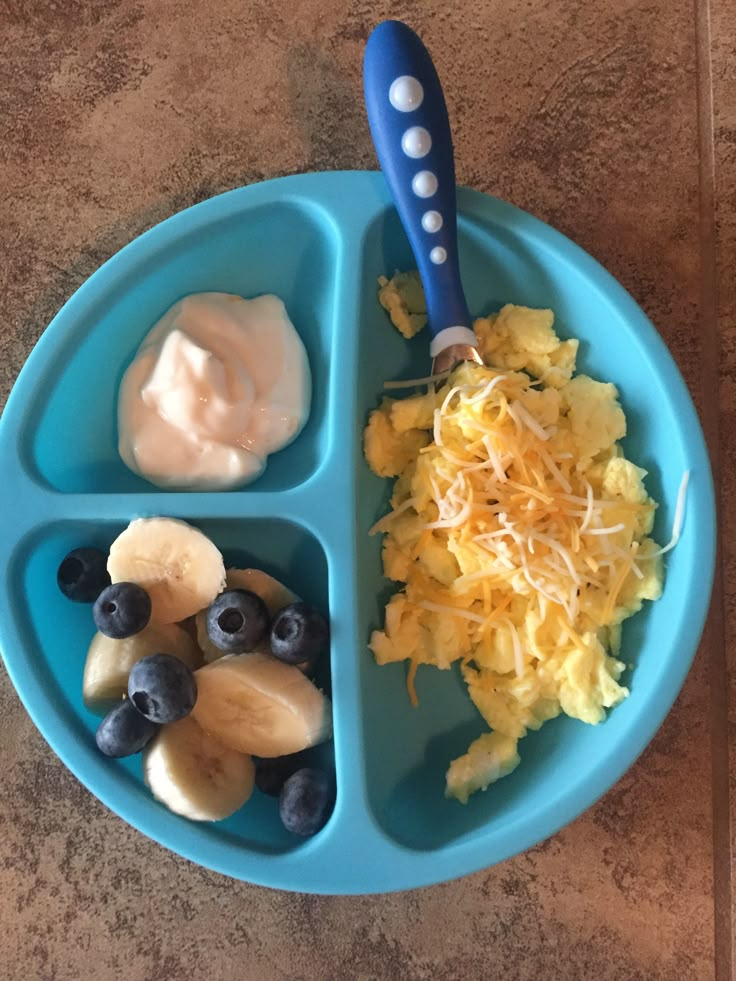 Since, baby cereal is first cooked and then dried, mixing baby cereal with hot water (off the fire) would be permissible on shabbos because of the concept of ain bishu acher bishul, once a food has been cooked, it cannot be “cooked” again.
Since, baby cereal is first cooked and then dried, mixing baby cereal with hot water (off the fire) would be permissible on shabbos because of the concept of ain bishu acher bishul, once a food has been cooked, it cannot be “cooked” again.
However, this is not the only Shabbos concern we have when making instant baby cereal. Whether one uses hot or cold water when mixing baby cereal on Shabbos, it is important to mix in a way that does not violate the Shabbos. It is forbidden to mix cereal in a usual manner. This is known as the Malacha (work) of lush (kneading). On Shabbos one is permitted to mix baby cereal by adding in the opposite order than one does during the week. For example, if one normally puts the baby cereal in a bowl and then adds water, on Shabbos the powder should be added after the water, bilisan raka. In addition, the combined ingredients should be mixed with a shinui, in a different manner than one mixes during the week (e.g. mixing with a criss-cross motion using the back handle of a spoon).
If possible, one should not precisely measure an exact amount of powder on Shabbos, but rather, approximate when filling the measuring scoop.
Fruit juice productions have to address the issues of grape juice or grape juice blends produced on common equipment with regular juices. In addition, it is important to determine the sources of the fruit juices, since much of the fruit juice concentrates used for production are imported. Jarred baby foods pose additional problems. Typically, a company will produce a full line of jarred products – fruits, vegetables, desserts, and meats. While the first three may be inherently Kosher, many of the products contain dairy components which would compromise any potential Pareve certification of the fruits, vegetables, and desserts. Non-Kosher meat production on the same equipment can create great Kashrus challenges, and can compromise the Kashrus of the entire facility.
Kosher certification of a jarring facility requires that in addition to verifying that all ingredients used in certified products are Kosher, all equipment used to prepare, cook these foods, and fill the baby food into jars is appropriately Kosherized after non-Kosher, or between Pareve and Dairy productions.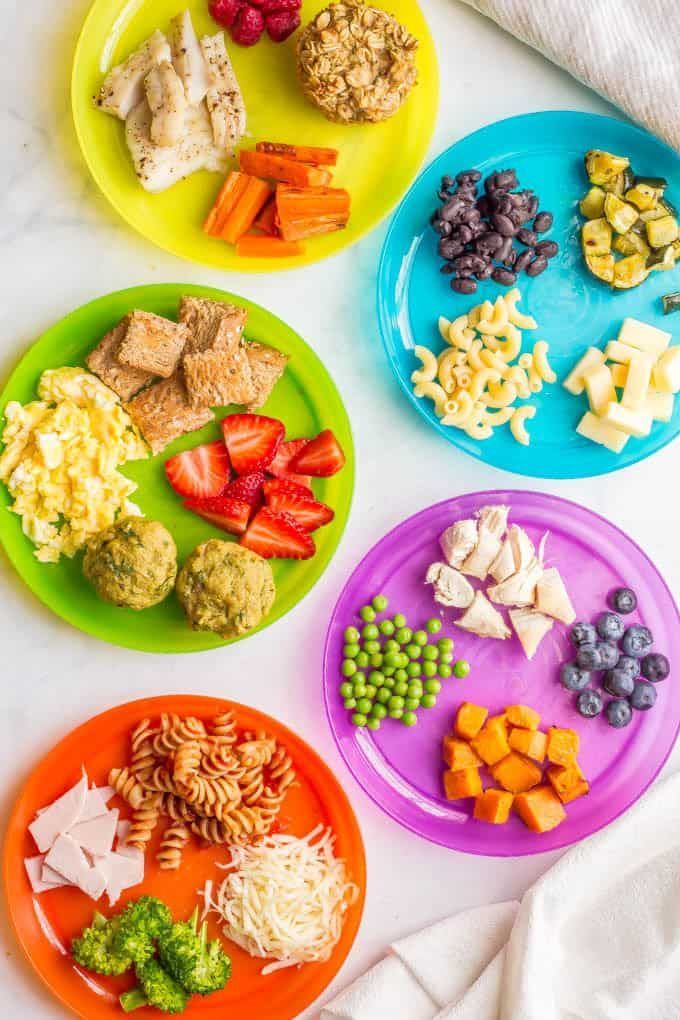
To complicate matters further, after filling, the jars must be sterilized in a large pressure cooker, called a retort. While there are a number of different retort systems, their common purpose is to sterilize the contents of those containers and enable the product to be stored for long periods without refrigeration. If Kosher and non-Kosher, or Dairy and Pareve items are processed in the same retorts, then the retort baskets and liners must be Kosherized between productions. Obviously, scheduling such Kasherings in a busy plant is quite a task. Consequently, it is possible that identical products can be certified Kosher and others not. Even if the ingredients in the non-certified product pose no Kashrus problem, the logistics involved in their production may preclude a certification, without having full time supervision, a Mashgiach Temidi on staff for all productions. It goes without saying that Kosher meat and poultry baby foods, which have limited Kosher productions and very limited distribution, require full-time supervision for all production.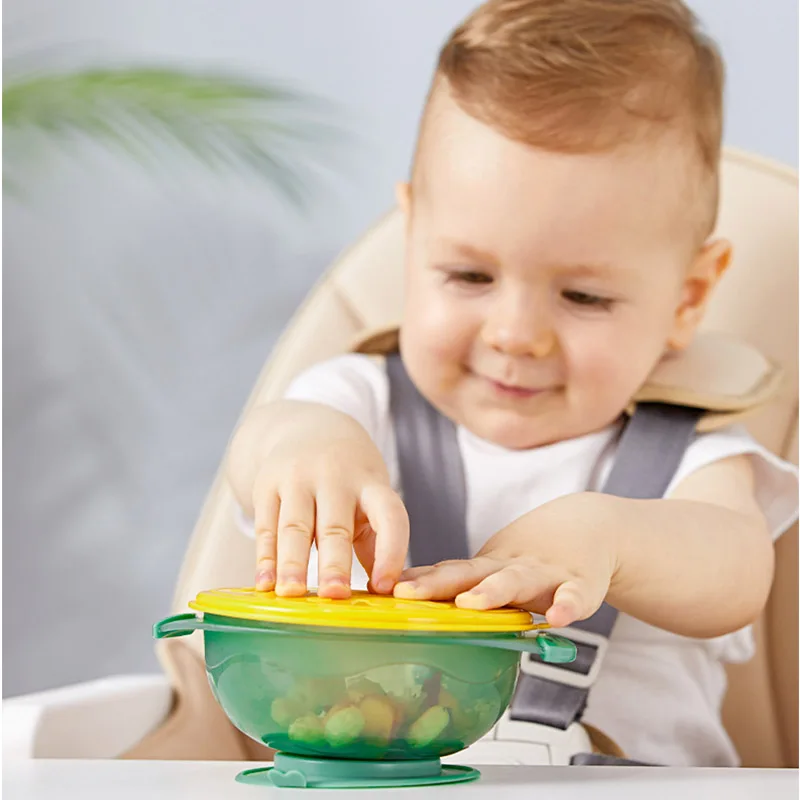
Hashem has blessed us with the privilege of raising our children al pi torah, according to His laws. We strive to give our children every advantage, both physically and spiritually. Providing foods to our children that meet the highest standards of quality and Kashrus gives them this physical and spiritual advantage from the onset of their lives.
Decorating Easter eggs
(Age: from 1.5 years old)
Welcome to my website www.gotovimdetyam.ru - about baby food. Very soon the main Christian holiday will come - Easter. The customs of celebrating Easter have been going on since ancient times and have not changed much. It's great when all family members gather to prepare for this bright day. And if, unfortunately, not everyone manages to go to church, to confession and communion, then, of course, everyone, following traditions, bakes Easter cakes and paints eggs for this holiday. nine0003
Like the majority, I remember this holiday from my childhood. This cheerful preparation for Easter touches the soul so much.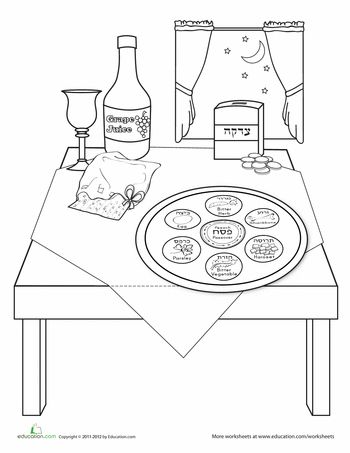 All the traditions were passed on to me by my grandmother and mother, and adding a little something new, I try to follow them, to teach my daughters in turn. Someone may think that everything is easier to buy, but still there is nothing better than a holiday prepared by one's own hands. Be sure to involve your children in the preparation, even the smallest ones. After all, joint creativity gives you greater cohesion, inspires confidence in your kids, and they also have a wonderful fantasy that will definitely tell you something new. I will post the Easter cottage cheese recipe next time, and today I will offer you to color the eggs. After all, a painted egg is a symbol of spring, life and the awakening of nature. There are many ways to decorate Easter eggs. To paint eggs for children with food coloring, I think all mothers will agree, is not reasonable. After all, the shell of an egg can crack and paint gets into it, even when you clean it, your hands and the entire surface of the egg are necessarily painted.
All the traditions were passed on to me by my grandmother and mother, and adding a little something new, I try to follow them, to teach my daughters in turn. Someone may think that everything is easier to buy, but still there is nothing better than a holiday prepared by one's own hands. Be sure to involve your children in the preparation, even the smallest ones. After all, joint creativity gives you greater cohesion, inspires confidence in your kids, and they also have a wonderful fantasy that will definitely tell you something new. I will post the Easter cottage cheese recipe next time, and today I will offer you to color the eggs. After all, a painted egg is a symbol of spring, life and the awakening of nature. There are many ways to decorate Easter eggs. To paint eggs for children with food coloring, I think all mothers will agree, is not reasonable. After all, the shell of an egg can crack and paint gets into it, even when you clean it, your hands and the entire surface of the egg are necessarily painted. Our grandmothers used to paint with onion skins. We will follow their example, only for the children to like it, we will make decorations for Easter eggs and prepare paper plow boxes. nine0003
Our grandmothers used to paint with onion skins. We will follow their example, only for the children to like it, we will make decorations for Easter eggs and prepare paper plow boxes. nine0003
You will need it to decorate Easter eggs;
- onion peel;
- self-adhesive paper;
- thin cardboard, glue and felt-tip pens (for plowing)
Coloring Easter eggs
1. First, prepare a decoction of onion skins, in which we will paint eggs for Easter. I did not write the amount of onion peel, because depending on how much it will be, you will get such an intensity of brown. Be sure to take an old pan so that it is not a pity, because it will stain. Pour the onion peel with water, bring to a boil and boil for about 30 minutes. At the end, add a little salt so that the eggs do not crack during cooking. nine0003
2. While preparing the broth, prepare the eggs. Let's take white self-adhesive paper, and using a stencil, draw stars, circles, butterflies, hearts, flowers, some animals, etc. on it. You don't need much. We have a lot left. Now cut out the drawings with scissors.
on it. You don't need much. We have a lot left. Now cut out the drawings with scissors.
3. Wash the eggs well under running water and soap. Glue a few drawings on each egg. Also, do not glue too much, 2-3 is enough, depending on the size.
4. Carefully lower the eggs into the boiling onion broth with a spoon so that they do not crack. Boil 10 minutes. We take it out, put it in cold water. It remains to remove the glued paper. If it does not work well, wet it periodically. The drawings turn out yellow, if you want white, then you can use not self-adhesive paper, but a film.
5. We figured out how to paint Easter eggs. Now we will make arable land for them. My daughters and I also used to make crafts from eggs for Easter, but we did such Easter arable women for the first time, they were delighted. To do this, cut strips of cardboard three centimeters. Fold, glue in the shape of a cylinder, as you see in the photo. You can measure by the egg so that it does not fall through. nine0003
nine0003
6. Now cut off and glue the ears to the bunny; cockerel - red scallop and beak, paws; cow - horns, etc. You can, as we did, draw faces. Or you can glue beads instead of eyes, mouth, tie ribbons with beads at the ends instead of paws. Our tillers are ready, it won't take long to make them.
7. Now it remains to finish decorating Easter eggs. Let's put them in arable pits. I think your kids will love them too. Of course, almost all children love eggs. But if suddenly your baby doesn’t like it, be sure to make such an arable land and try to offer an egg to the child in it. Clean it together, maybe the baby will perceive it differently and like it. Enjoy your meal! nine0003
Subscribe to my website feed (via RSS) or (Email) if you don't want to miss my new interesting children's recipes.
Children's Easter
Age: 1.5 years (from one and a half years)
I am glad to welcome you to my website www.gotovimdetyam. ru - about baby food. I didn’t manage to post a children’s recipe earlier - cottage cheese Easter. Unfortunately, I’m posting it late, but still, maybe someone else will have time to do it today and tomorrow on this bright holiday will give the baby a feast. Well, if there is no time, then the recipe may come in handy next year. I put the recipe in the cottage cheese dishes section. nine0003
ru - about baby food. I didn’t manage to post a children’s recipe earlier - cottage cheese Easter. Unfortunately, I’m posting it late, but still, maybe someone else will have time to do it today and tomorrow on this bright holiday will give the baby a feast. Well, if there is no time, then the recipe may come in handy next year. I put the recipe in the cottage cheese dishes section. nine0003
Children's Easter turns out to be very tasty, for a dessert a child over one and a half years old can be offered. Of course, the younger the child, the smaller the piece, because it is very sweet and quite fatty.
In the previous children's recipe - decorating Easter eggs, I already wrote that it is imperative to tell children about Easter, as well as involve them in the process of preparation and cooking.
Earlier in the old days, a real Easter was called that which is made from cottage cheese. Cottage cheese Easter must be prepared from cottage cheese, butter, sour cream, or cream, sugar, or honey. Of course, every housewife has a favorite recipe for cooking Easter, I offer you my own, which you can adjust to your taste by adding, for example, nuts, cinnamon, citrus zest, if your baby is not allergic to these products. nine0003
Of course, every housewife has a favorite recipe for cooking Easter, I offer you my own, which you can adjust to your taste by adding, for example, nuts, cinnamon, citrus zest, if your baby is not allergic to these products. nine0003
There are two types - raw cottage cheese Easter and custard (heated). They differ mainly in the way they are prepared. They are equally tasty, but custards last longer in the refrigerator, while raw ones are easier and faster to cook.
This is a children's recipe for boiled warm Easter. Of course, you can use purchased, necessarily fresh cottage cheese with a fat content of not more than 5% to save time, since it will be thermally processed. But, I like it more when the curd children's Easter is made from cottage cheese, which I myself will cook. nine0003
You will need to make a children's Easter:
- 3 liters of milk;
- juice of 1 lemon (I made 5 tablespoons), can be replaced with homemade yogurt - 5 jars;
If you use store-bought cottage cheese, then 500 g
- 100 g butter;
- 200 g sour cream;
- 3 eggs;
- 1 half glass of sugar;
- 100 g raisins.

How to cook curd Easter:
1. If you prepare cottage cheese for children's Easter. You can see the recipe for making cottage cheese for children here. I will write how I did it. Put the milk to boil, as soon as it boils, pour in the lemon juice. Milk curdle, remove immediately from the fire and put in a cold bath. Instead of lemon juice, you can pour in homemade yogurt.
When the mixture has cooled down, pour it into a sieve, let it stand for 30 minutes so that the whey is glassy. Then we press well on the cottage cheese so that the whey is completely gone. nine0003
2. Mix butter well with sour cream. Add cottage cheese to this mass and use a blender to make a homogeneous mixture.
3. Wash the eggs well with soap. Separate the whites from the yolks. Mash the yolks with half the sugar using a mixer.
4. Also beat the whites with the remaining sugar with a mixer.
5. Add the beaten yolks and whites to the curd mass and carefully mix everything, add vanilla.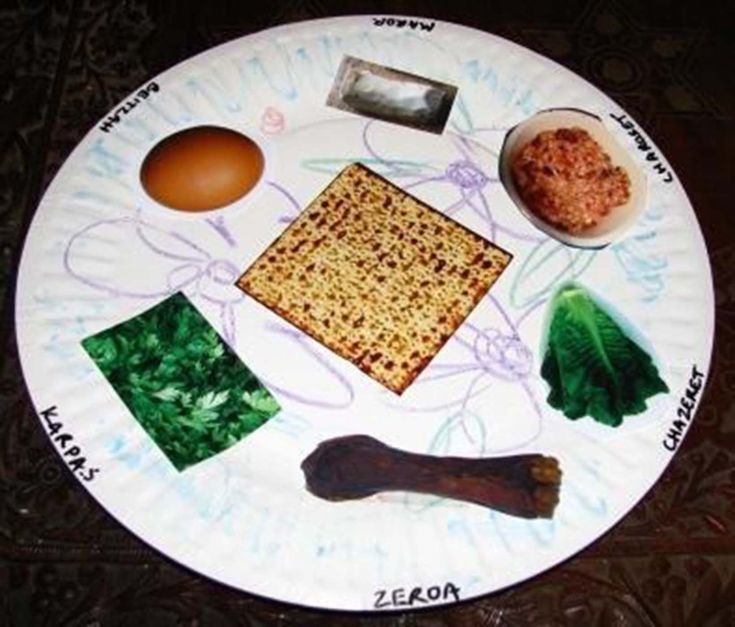
6. Let's continue preparing children's Easter. We put this mass on a slow fire and cook, stirring constantly with a wooden spatula so that it does not burn. I cooked in a pan with a non-stick coating, so I didn’t constantly interfere, but periodically, nothing burned. Bring the mass to a boil. According to the recipe, you can remove it from the heat so that lumps do not appear. I kept it for another two or three minutes at a boil, because I'm afraid of raw eggs. Lumps appeared a little, but it's all removed with a blender. Remove from heat and put in a cold bath. When the mixture cools, if a little whey appears, then carefully drain it. Add well-washed and dried raisins. Mix well. My daughters do not like whole raisins in Easter. Therefore, together with raisins, I grind everything with a blender, at the same time I get rid of lumps. nine0003
7. Now it remains to put everything into the form. I don't have a special form for Easter. I used to do it in a colander.




